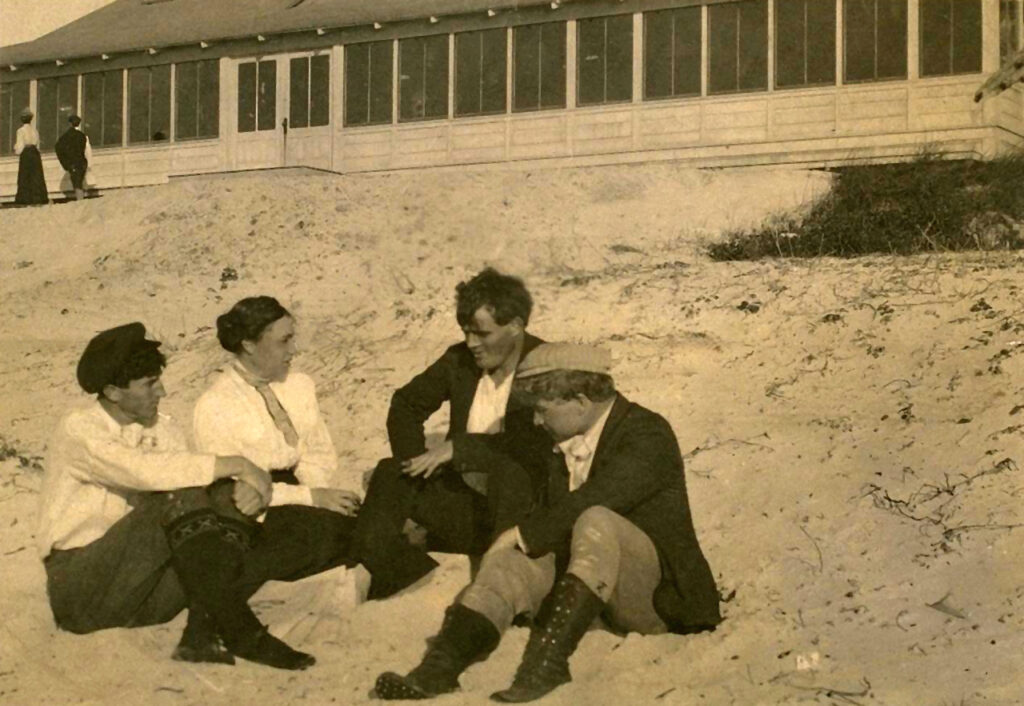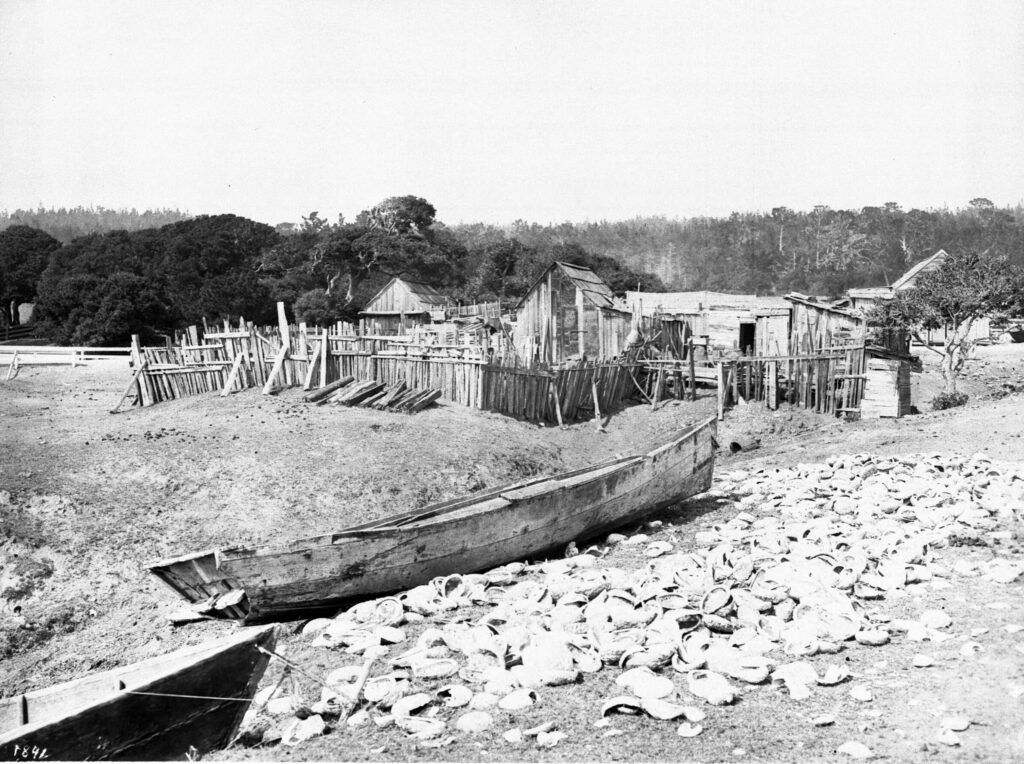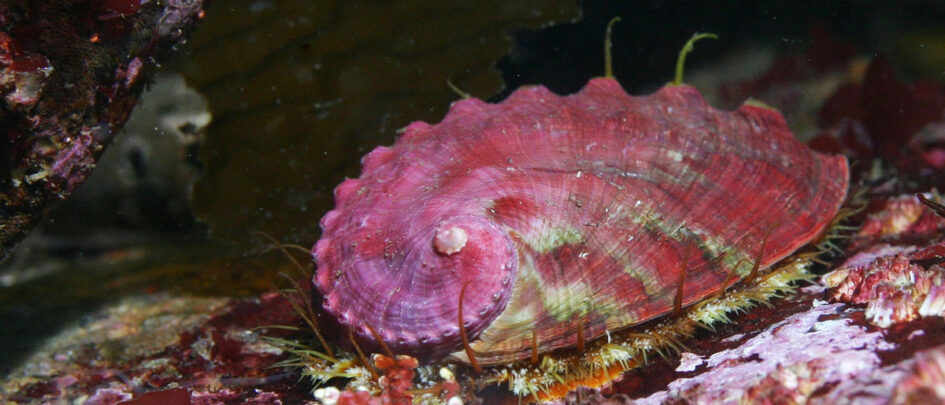Carmel-By-The-Sea’s days as a world-renowned (and expensive) tourist destination with a small village feel was still in its future when poet George Sterling came to roam its beaches and explore its forests. After leaving employment in his uncle’s Bay Area development business, he came to live in Carmel in 1905, and there promptly undertook to become his Bohemian best.
During his short life (he committed suicide when he was just 56), he published scores of works, mainly poetry and drama. If much of his work is unfamiliar to many of today’s readers, some of his work certainly is worth taking up, like the fine Italian sonnet “The Black Vulture.” The editors of the anthology California Poetry—which includes Dana Gioia, onetime chief of the National Endowment for the Arts and himself a fine poet—has said that Sterling had mastered “the Italian sonnet perhaps better than anyone who had written in the form since its originator, Petrarch” (39).
Yet today, Sterling is often remembered first for other verses—both his and others’—gathered under the collective title of “The Abalone Song.” Here’s a sample:
By Carmel bay, the people say,
We feed the lazzaroni
On Boston beans and fresh sardines
And toothsome abalone.
What can I say? Sing it to the tune of “Yankee Doodle” (or, if you’re more familiar, the theme to “Roger Ramjet”) and banish all thoughts of Petrarch.
Once in Carmel, Sterling soon found himself in the center of a growing literary and arts movement, which included some real heavyweights, for example besides Sterling, frequent carousers could include close friend Jack London as well as writers Mary Austen and Jimmy Hopper. And one of the favored activities of the group was beach-side abalone feeds. “The Abalone Song” was meant to be sung while pounding the tough-muscled foot of the sea-snail, which pounding, once thoroughly accomplished, yielded tenderized morsels of meat ready for cooking. Members of the group contributed their own verses to the song, and eventually an official document was produced of approved compositions.
Here are a couple more examples, my favorites.
Oh! some drink rain, and some champagne, so
Or brandy by the pony;
But I will try a little rye
With a dash of abalone.
I telegraph my better half
By Morse or by Marconi;
But if the need arise for speed,
I send an Abalone.
I enjoy trying to wrap my head around the idea of an abalone speedy as the Flash. (Abalones have been clocked at 87 centimeters per minute, or an astonishing .0324 miles per hour, give or take).

Still, many of the verses became locally famous and some even made it into Carl Sandburg’s 1927 compendium The American Songbag. But it’s interesting to note that the first printed appearance of verses, according to Sterling scholar Geoffrey Dunn, was in London’s serialized novel The Valley of the Moon, which is loosely based on London himself. The book contains a section set in Carmel which Dunn characterizes this way: “London’s portrayal of the Carmel literary colony in Book III provides a detailed account of cultural and social life there. It also provides some lovely, albeit fictionalized, portraits of his two close friends, Sterling and Hopper.” It also contains four verses of “The Abalone Song”:
Oh! some folks boast of quail and toast,
Because they think it’s tony;
But I’m content to owe my rent
nd live on abalone.
Oh! Mission Point’s a friendly joint,
Where every crab’s a crony;
And true and kind you’ll ever find
The clinging abalone.
He wanders free beside the sea
Where’er the coast is stony;
He flaps his wings and madly sings—
The plaintive abalone.
Some stick to biz, some flirt with Liz
Down on the sands of Coney;
But we, by hell, live in Carmel,
And whang the abalone. (310-11)
As a service to his readers, at the end of his impressive essay on Sterling, Dunn includes the verses of “The Abalone Song” that comprised “the final version of the song written out and ‘approved’ by George Sterling and typed by Idwal Jones, December 12, 1919” (26-27). For a mind-bending multi-media experience, visit Brian Tissot’s web site, “The Abalone Song” (or what to do while pounding the abs), which offers some creative stylings on the work.

Alas, as much fun as “The Abalone Song”–however you consume it–can be, it also reminds us of how stressed abalone populations have become up and down the California coast. They were once plentiful, and an important resource for native peoples, who harvested abalones for meat and for their shells, which could be used for ornaments and also as tools (Lightfoot and Parish 231). Jacquelyn Ross writes, “Abalone are deeply important in Indigenous tribal cultures in California and all along the Pacific Coast. They are one of our elder relatives. Abalone Woman moves through the stories of several tribal nations.”
In the early part of the last century, abalones were widely harvested. Canneries and fishing camps often had piles of discarded shells. It couldn’t last. In some regions, abalones have for some time come under the protection of state and federal agencies. For example, the California Department of Fish and Wildlife has closed the Central Coast red abalone fishery until 2026, noting “In recent years, there have been unusually warm ocean temperatures which have caused poor growth of kelp and other seaweeds and greatly reduced the amount of food for abalone and sea urchins.”
In the meantime, innovative commercial efforts do exist that both preserve abalone and make them available for the table. For example, the Monterey Abalone Company says it “uses cages suspended in the water column from beneath the Commercial Wharf in Monterey Bay to produce virtually natural abalone habitats. The farm is fully compatible with the local marine environment and resources.”
At the end of his essay, Dunn links the contemporary plight of the abalone back to the sensibilities of the Carmel literati, noting,
As for the red abalone itself—Haliotis rufescens—the revelers in Carmel a century ago and elsewhere were certainly deluding themselves. Extensive harvesting of abalone has decimated the once plentiful mollusk, making it a restaurant rarity in the New Millennium. (25)
Perhaps it’s fitting to close here with a final verse offering from “The Abalone Song,” one which ironically captures the revelers’ delusion:
The more we take, the more they make
In deep sea matrimony;
Race suicide cannot betide
The fertile abalone.
Sources
“Invertebrates of Interest: Abalone.” California Department of Fish and Wildlife. 2025. https://wildlife.ca.gov/Conservation/Marine/Invertebrates/Abalone. Accessed 1 July 2025.
Dunn, Geoffrey. “Deep-Matrimony: George Sterling and the ‘Abalone Song.’” Noticeas del Puerto de Monterey/Bulletin of the Monterey History and Art Association. Vol. 57, No. 1. Fall/Winter 2008. pp. 3-28. https://indexes.montereyhistory.org/sites/default/files/issues/2008/vol-57-num-1-fall-winter-2008.pdf. Accessed 25 June 2025.
Genthe, Arnold. “Mary Austin, Jack London, George Sterling, James “Jimmy” Hopper on the beach at Carmel-by-the-Sea, California. Restored .jpg by Mark Miller. https://commons.m.wikimedia.org/wiki/File:Mary_Austin,_Jack_London,_George_Sterling,_Jimmie_Hooper,_restored.jpg#mw-jump-to-license. Accessed 26 June 2025.
Gioia, Dana, Chryss Yost and Jack Hicks, Eds. California Poetry. Santa Clara University and Heyday Books, 2004.
Lightfoot, Kent G. and Otis Parrish. California Indians and Their Environment. U of California P, 2009.
London, Jack. The Valley of the Moon. 1913. U of California P, 1999.
Lonhart, Steve.NOAA. Juvenile Pinto Abalone. National Marine Sanctuaries, Public domain, via Wikimedia Commons.17 January 2012. https://commons.wikimedia.org/wiki/File:MBNMS_-_Juvenile_Pinto_Abalone_(27667876484).jpg. Accessed 26 June 2025.
Monterey Abalone Company. “About Us.” https://www.montereyabalone.com/our-story. Accessed 15 July 2025.
“Pacific Grove fishing village near Monterey, ca.1900.” California Historical Society Collection, 1860-1960. Public domain via Wikimedia Commons. https://commons.wikimedia.org/wiki/File:Pacific_Grove_fishing_village_near_Monterey,_ca.1900_(CHS-1841).jpg. Accessed 26 June 2025.
Ross, Jacquelyn. “No Word for Goodbye: Reclaiming Abalone’s Home on the California Coast.” Langscape Magazine. Vol. 9. Terralingua. 11 November 2020. https://terralingua.org/stories/no-word-for-goodbye-reclaiming-abalones-home-on-the-california-coast/. Accessed 4 July 2025.
Tissot, Brian N. “The Abalone Song (or what to do while pounding the abs). briantissot.com. 28 February 2016. https://briantissot.com/2016/02/28/the-abalone-song-or-what-do-while-pounding-the-abs/. Zhang, Yun, et al. “The Mechanics of Abalone Crawling on Sharp Objects without Injury.” Scientific Reports. 9, 3881, 2019. https://doi.org/10.1038/s41598-019-40505-w. Accessed 15 July 2025.
Want to be notified when new posts are added? Subscribe to our newsletter.

